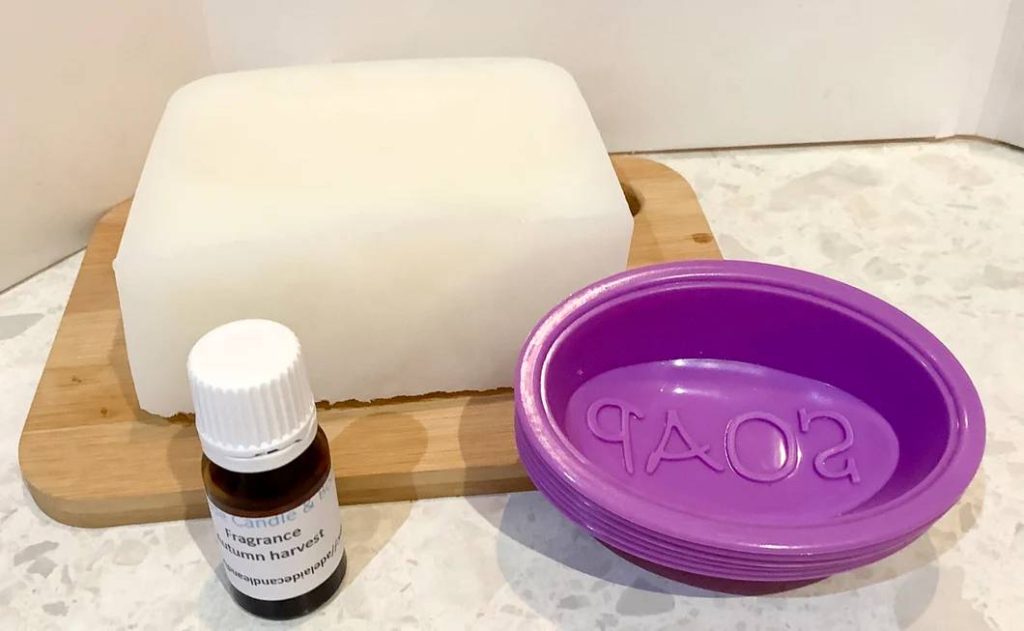Soap-making has evolved from a simple household task into a rewarding craft that blends creativity, self-care, and sustainability. Whether you’re an artist at heart or a hobbyist craving a new project, choosing the right setup can transform the process from confusing to captivating.
What Supplies Do I Need for Soap-Making?
To craft soap from scratch, you’ll need a few essentials: lye (sodium hydroxide), a blend of oils like olive or coconut, distilled water, and heat-resistant containers. Add a digital scale for accuracy, silicone molds for shaping, and protective gloves to stay safe. A stick blender and thermometer keep your mixture smooth and consistent. If you’re just starting out, investing in a soap making kit that includes these basics can save time and ensure you have everything on hand.
How Do I Start Making My Own Soap?
Getting started depends on your comfort level. The melt-and-pour technique is great for beginners—you melt a ready-made base, add color and fragrance, and pour it into molds. The cold process, however, lets you design from the ground up, combining oils and lye for complete creative control. It takes patience since the bars must cure for several weeks, but the satisfaction of crafting your own recipe is worth every minute.
What Is Cold Process for Soap Making?
The cold process method is a traditional technique where oils and lye are blended without external heat, triggering a natural reaction called saponification. Once poured into molds, the soap hardens and cures, developing its texture and lather over time. This process produces a creamy, long-lasting bar and allows you to tailor ingredients to your skin’s needs—whether moisturizing, exfoliating, or soothing.
What Are the Best Fragrances for Soap Making?
A well-chosen scent can turn an ordinary bar into a little luxury. Floral tones like lavender and jasmine bring calm; citrus oils such as lemon and bergamot uplift the senses; and earthy options like cedarwood or patchouli add a grounded, natural aroma. Fresh notes of peppermint or eucalyptus work beautifully for energizing morning showers. The key is to use skin-safe, soap-compatible oils that retain their scent after curing.
Is Making Soap Profitable?
Yes, it can be—if you treat it like a business. Consumers are increasingly drawn to handmade, eco-friendly products, which means there’s strong demand for high-quality, small-batch soaps. Focus on unique scents, natural ingredients, and visually appealing designs. Once you establish your brand and refine your craft, you can sell through local markets, online shops, or subscription boxes.
What Is the Best Organic Soap Making Supplies Kit?
Organic kits should emphasize purity and sustainability. Look for ones that use unrefined shea butter, cocoa butter, and plant-based colorants such as spirulina or turmeric. The best kits also include biodegradable molds and packaging free from plastic. Transparency in ingredient sourcing—like fair-trade oils and cruelty-free additives—signals a brand’s commitment to quality and ethics.
Final Thoughts
Choosing the right tools and ingredients is the key to creating soap that’s both functional and beautiful. From selecting natural fragrances to mastering the cold process, every step teaches patience and artistry. Once you start blending oils, scents, and colors, you’ll discover that soap-making isn’t just a craft—it’s an experience that nurtures both creativity and calm.

